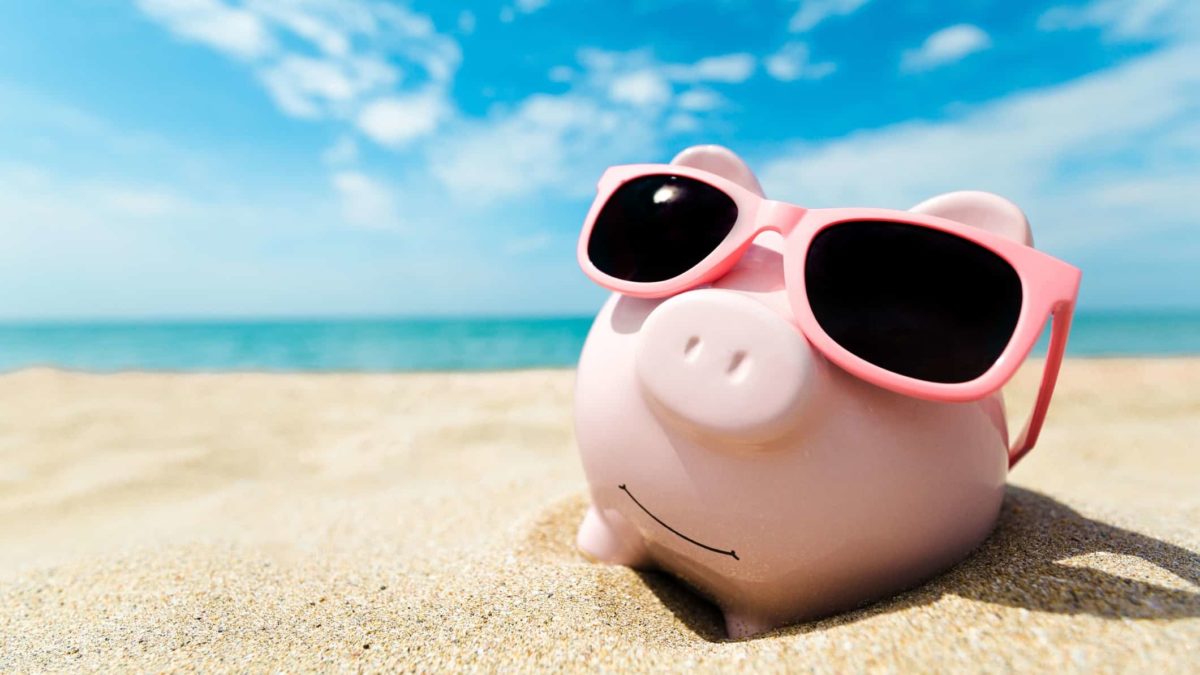Is investing $5 a day in ASX dividend shares enough to fund a generous passive income for life? That's a harder question to answer than might first appear.
Let's start at the beginning. ASX shares can indeed provide passive income. This comes in the form of dividend payments and franking credits.
ASX dividend shares usually dole out their dividend payments every six months. These payments are not guaranteed and are decided upon by the company in advance.
It's not uncommon to see a company raise its dividends over time, but it's also not unusual to see a company's dividends fall if it is going through a tough time.
But how long would an investor have to invest $5 a day to fund a generous passive income?
Can $5 a day get you generous passive income?
Well, $5 a day equates to $35 a week, or $1,825 a year.
Let's make some assumptions. We'll start with an ASX share with a 4% dividend yield. That means that $100 invested gets an investor $4 per year in dividend payments.
4% seems like a happy ASX medium to use. Commonwealth Bank of Australia (ASX: CBA) is currently offering a dividend yield of 3.62%, and National Australia Bank Ltd (ASX: NAB), 4.91%. BHP Group Ltd (ASX: BHP) has a trailing yield of 9.9% right now, whereas Woolworths Group Ltd (ASX: WOW) is sitting at 2.68%. So 4% looks like a fair averge.
We'll use a compound annual return rate of 7.94% for our investments. That's the annual return, including dividend income that the S&P/ASX 200 Index (ASX: JXO) has delivered on average since August 2001.
If if an investor invests $5 a day for 10 years, compounded monthly, and reinvests all dividends received, they will end up with $27,628 at the end of that period. At a 4% yield, that would give our investor an annual passive income of approximately $1,105. Nothing to turn one's nose up against, but hardly 'generous'.
But, what about after 20 years? Or 30?
Well after two decades, our investor will have a total of $86,648 in capital, providing $3,466 in income. After 30, that would rise to $213,426, with $8,537 in income.
If an investor started doing this when they were 20, by the time they reached a retirement age of 65 (so after 45 years), they would have a lump sum of $723,001, providing an annual income stream of $28,920. That's getting a lot more generous.








